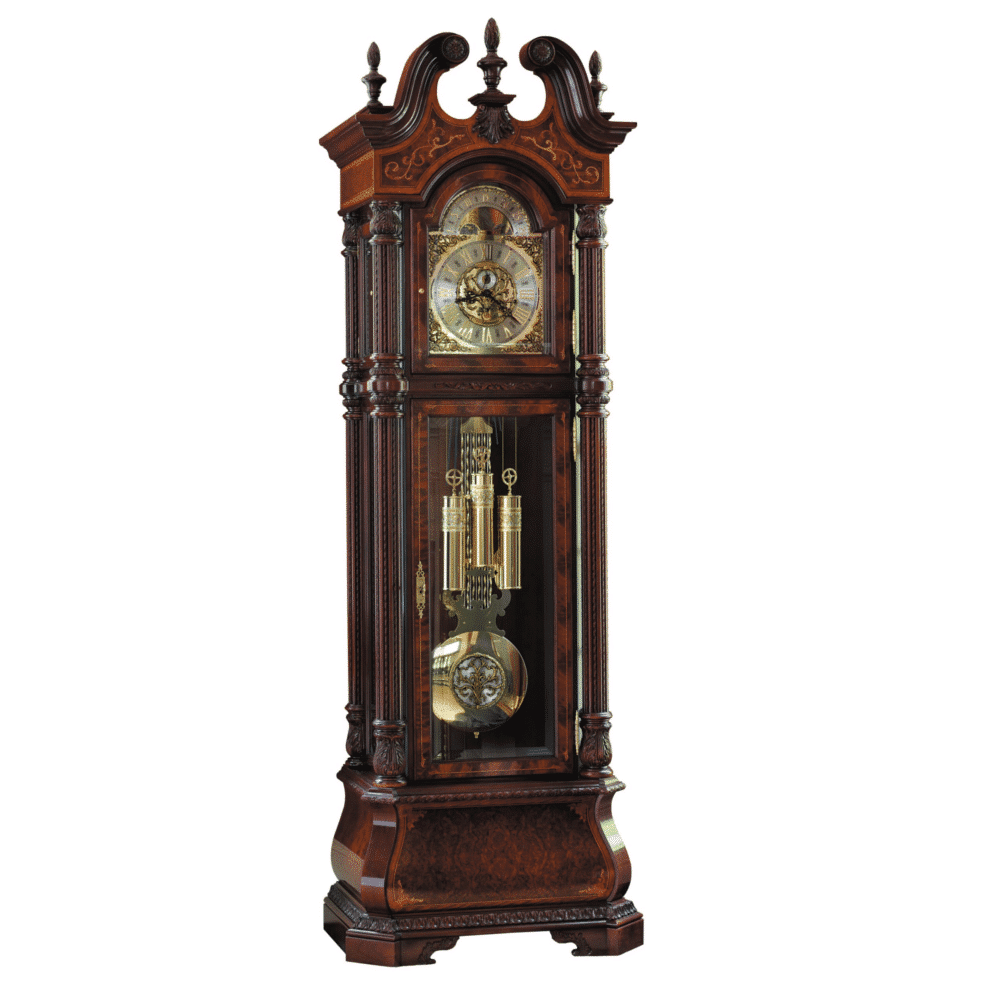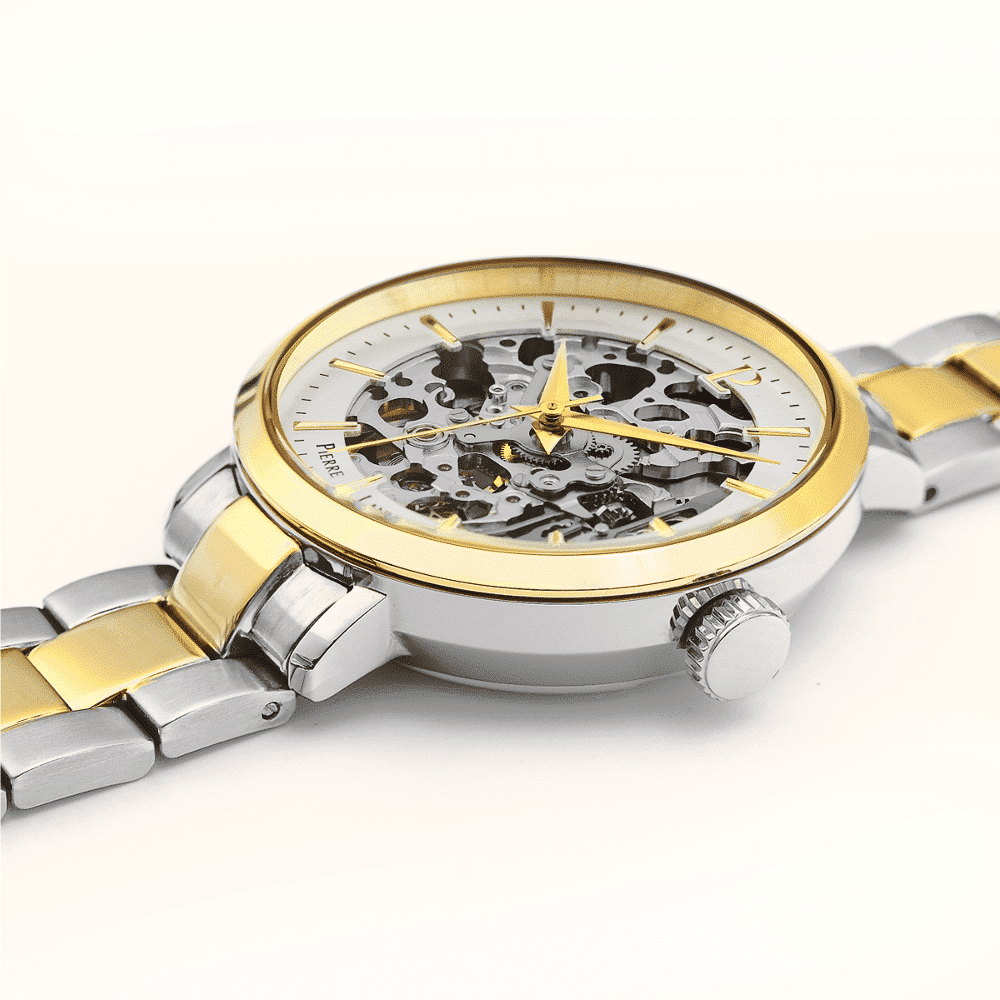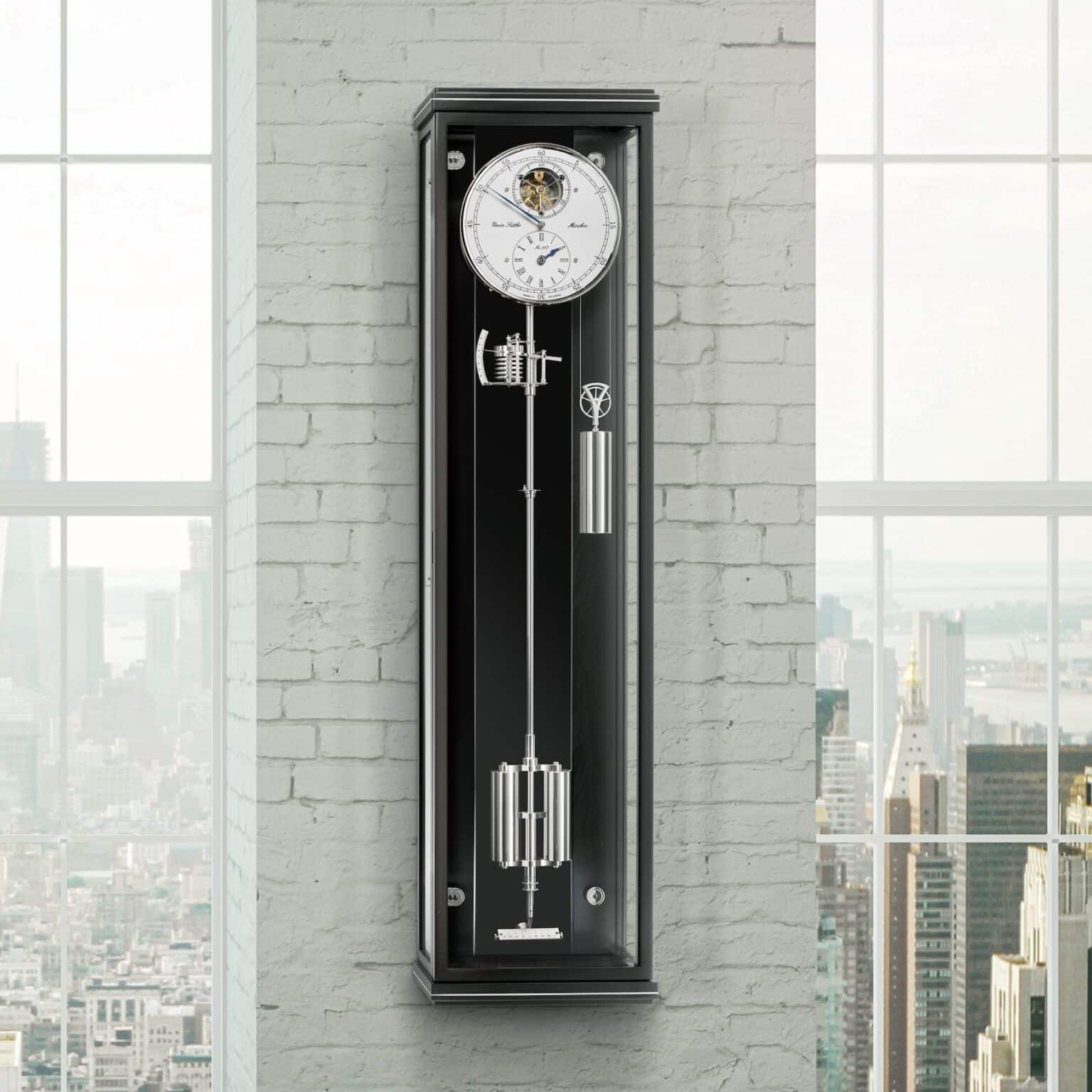Now that we are going to point it out, you’ll probably wonder why you’ve never noticed it before! Yes, the roman number 4 on a clock is shown as either IIII or IV. Which one is correct? Well, you could argue both and the jury is still out on as to why it happens in the first place, but there are a few theories:
- Historically, the Roman numeral for 4 was IIII, however a new system was brought in and IIII was replaced with IV. Some clock-makers stuck with the old and some with the new.
- It may have something to do with the aesthetics of the numbers, but in particular how the 4 (IIII) looks in comparison with the 8 (VIII) on the dial.
- There is a story of King Louis XIV receiving a clock that had IV at the 4 position, but he insisted that it should be IIII, so the clock maker changed it.
- The other theory is that the Roman God Jupiter was written in Latin IVPPITER. It was not thought ok to have the God’s name on a clock face.







